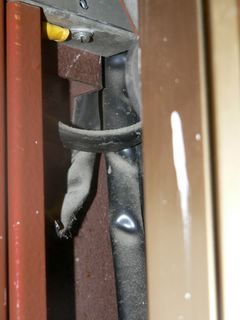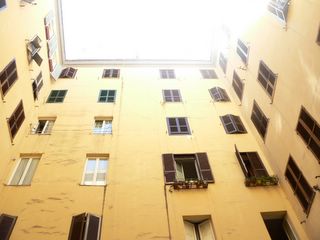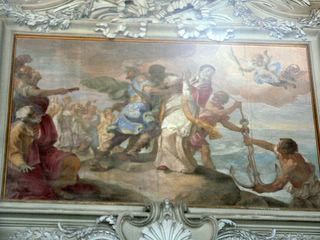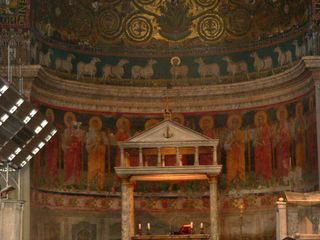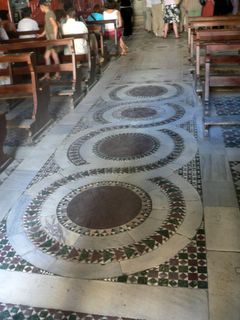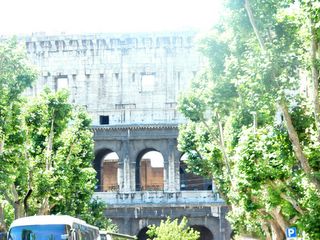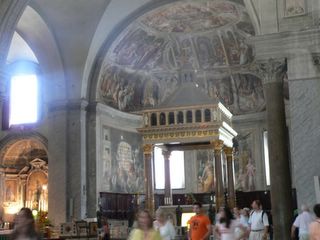 I found this story on BBC news today and I thought it was worth passing along. I hope that you enjoy it. Roman ruler's head found in sewer
I found this story on BBC news today and I thought it was worth passing along. I hope that you enjoy it. Roman ruler's head found in sewerA 1,700-year-old carved marble head of Emperor Constantine has been found in a sewer in central Rome.
Archaeologists found the 60cm (2ft) head while clearing an ancient drainage system in the ruins of the Roman Forum.
Eugenio La Rocca, superintendent of Rome's artefacts, described the head as a rare find and said it was possible it had been used to clear a blocked sewer.
Constantine, who reigned from 306 to 337, is known for ending persecution of Christians and founding Constantinople.
Although most of his subjects remained pagans, he is credited with helping to establish Europe's Christian roots by proclaiming religious freedom.
It could have been put there to symbolise the resentment of a pagan people for their Christian emperor Eugenio La Rocca.
The white marble head was confirmed as a portrait of Constantine by experts who compared it with coins and two other giant heads kept in Rome's Capitoline Museums.
Probably carved between 312 and 325 AD, when Constantine was at the height of his power, it may have belonged to a statue of the emperor in full armour.
"Recovering a portrait of this size and in this state of conservation in the very heart of the city is really extraordinary," said Mr La Rocca.
"We have concluded that the head did not fall by accident into the passage, but was put there on purpose.
"It could have been used as a big piece of stone to divert water from the drain, or it could have been put there to symbolise the resentment of a pagan people for their Christian emperor."
The head's unceremonious insertion in the drain may have saved it from the plundering of the Forum after the fall of the Roman empire in the 5th Century.
It is expected to go on display in Rome's museums after a brief period of restoration.
Story from BBC NEWS:http://news.bbc.co.uk/go/pr/fr/-/2/hi/europe/4727391.stmPublished: 2005/07/29 11:27:52 GMT© BBC MMV





